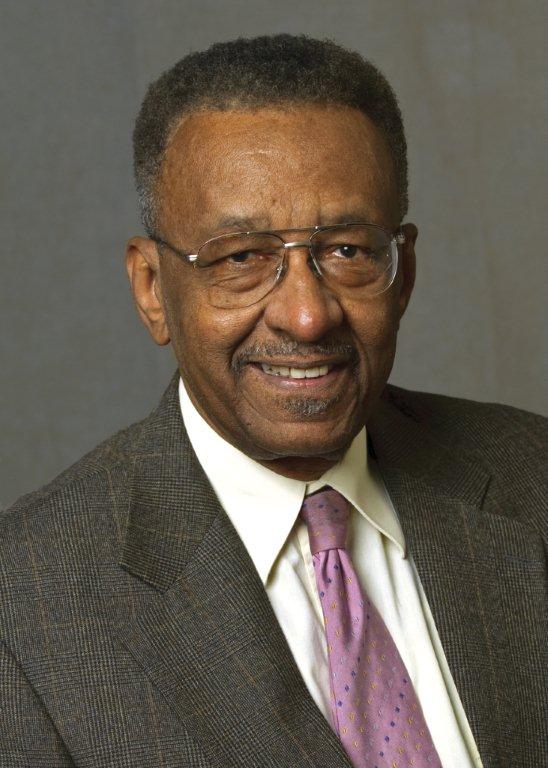In his Oct. 20, 2002, New York Times Magazine article titled “For Richer: The Disappearing Middle Class,” Princeton University economist Professor Paul Krugman wrote, “For the America I grew up in – the America of the 1950s and 1960s – was a middle-class society, both in reality and in feel. The vast income and wealth inequalities of the Gilded Age had disappeared. … Daily experiences confirmed the sense of a fairly equal society. The economic disparities you were conscious of were quite muted.”
Krugman’s vision of income inequality and the disappearing middle class is an excellent example of the classroom propaganda college professors use to exploit America’s immature and inexperienced youth. Let’s look at it.
A no-brainer is that, if the middle class has disappeared or is disappearing, it means that America has become or is becoming a nation where there’s only the rich and the poor – like a Third World country. I’d like to see Krugman’s evidence.
Krugman sees the ’50s and ’60s as a time of a “fairly equal society.” Even if his observations were factually true, so what? Does it mean that the average person enjoyed a higher standard of living? The fact of business is that the 20th century has been the best ever for all Americans. Cato Institute scholars Stephen Moore and the late Julian Simon document this in “It’s Getting Better All the Time.” Let’s take a small sample of their evidence.
The average life expectancy in 1900 was 47 years. Today, it is 77 and rising. The infant-mortality rate has dropped from one in 10 to one in 150. Americans who’re considered poor have routine access to a quality of food, health care, consumer products, entertainment, communications and transportation that even the Vanderbilts, Carnegies and Rockefellers could have only dreamed of.
Rich people have always had servants to spare them the drudgery of having to beat the dust out of rugs; the advent of vacuum cleaners spared the common man of that kind of drudgery. Henry Ford became very rich, but the benefits reaped by the common man by being able to afford an auto trivialized whatever gains were reaped by Ford. Air conditioning and air travel, as late as the ’50s, were something for the well-to-do; now, half the poor people have air conditioning and travel by air, and more than half own automobiles. In the 19th century, almost all teen-agers toiled in factories or fields. Now, nine in 10 attend high school. Today’s Americans have three times more leisure time than their great-grandparents did. The price of food relative to wages has plummeted: In the early part of this century, the average American had to work two hours to earn enough to purchase a chicken, compared with 20 minutes today.
College professors, politicians and others whose agenda calls for increased government control over our lives promote the lie that things are getting worse. If we buy into that lie, we’ll kill the goose that lays the golden eggs. We might ask ourselves: Why is it that so much of the progress of the past 100 years has originated in America? Moore and Simon provide a simple but compelling answer: “The unique American formula of individual liberty and free enterprise has cultivated risk-taking, experimentation, innovation and scientific exploration on a grand scale that has never occurred anywhere before.”
Finally, let’s keep in mind that inequality of income is a result, and if we looked at the distribution of productivity, which economists haven’t been able to do very well, we might not be surprised by inequality of income. In other words, how surprised would you be if I told you that I know how to play basketball and I try hard, but nobody is willing to equalize incomes by paying me as much as Michael Jordan earns?
